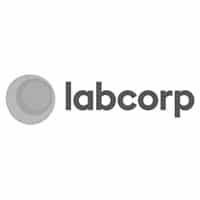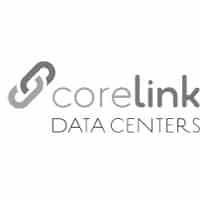Every business can experience information and data silos on some level, particularly when various applications and systems must communicate with each other. But, these silos are particularly evident, costly, and problematic in data centers. Data Center Knowledge offers one example of the type of silo that can occur in a data center, “Electrical and mechanical systems in data centers are a perfect example of legacy IoT, he says, operating in silos, isolated from the IT systems they support. That isolation is the decades-old legacy, used to this day as the only method of securing these critical systems from intrusion.” Not only are there electrical and mechanical silos in the data center, but data/information silos as well. As certain tools and information are used in various ways by assorted applications, data silos emerge and become increasing problematic. So often, we see that when information silos occur, duplication of information and processes occur which takes up more space and thus uses more energy. Silos in data centers are truly a drain on resources.
The problem of data center silos is further exacerbated by the fact that, often, one company may have multiple data centers in locations all over the world. To avoid data center silos in both large and small data centers, there must be collaboration and open lines of communication. Fortunately, many data centers are opting for convergence rather than expansion, finding ways to use existing space in a more effective and efficient way. This alone, will help reduce information silos. Data Center Knowledge explains how convergence is being actively applied in data centers and elaborates on the advantages to be found when data centers opt for convergence, “As we saw with many Datalink enterprise customers who moved from the silo model, IT data centers first began to incorporate server virtualization technology to logically represent multiple servers on one or more consolidated, physical systems with smaller data center footprints. The data centers also began to incorporate their own dedicated network and shared storage to support them.Suddenly, one physical server could be used to serve up the needs of multiple applications, which it often did with glowing results. But, a ripple effect of virtual server growth often expanded storage and network needs significantly. Suddenly, cost savings in one area could be offset by growing expenses in another…
The benefits for IT can lead to:
- Less moving parts (and less individual vendor touch points) to manage or troubleshoot
- Greater resource utilization at a lower cost
- Faster application provisioning (one enterprise customer went from their prior three weeks to just 15 minutes to provision new applications)
- Faster IT response to business priority changes or changing market conditions
- Easier scaling and greater elasticity of the infrastructure
- Related integration and cross-training of previously siloed IT teams, themselves, in order to align IT further to the business
- A shorter pathway to on-demand services or private cloud environments to meet the IT needs of internal business units
A lower cost to support the growing data and application needs of the business (Another enterprise customer who runs its own SaS business found itself able to offer better quality services to current and new customers at a lower overall cost to itself.)”





























